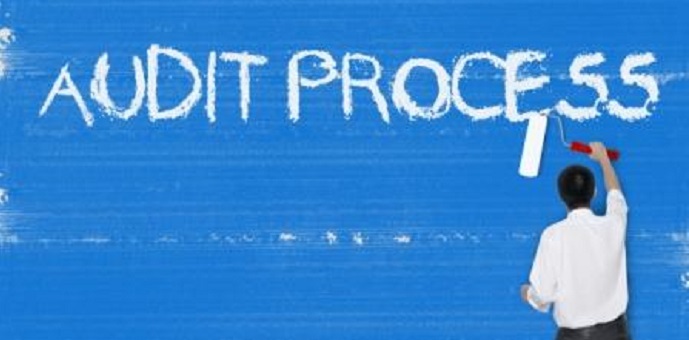A discussion paper by Steve Bentley MD of SAS (www.sassofia.com)
So what is the Fundamental Mistake?
Essentially it is to “believe” that there is a similarity between ISO & EASA – there is not! (Sure, Quality is Quality) but make no mistake – EASA is all about compliance.
Even the Quality Assurance Manager has received a name change “makeover” He or She, is now called the Compliance Manager (CM)
What Does EASA Expect?
There are actually two expectations
The first is independence EASA requires that the person who is responsible for auditing the organisations’ system is not responsible for the delivery of the business process. So not responsible for the Management, Control, Documentation or Delivery of the Process.
The second is an Audit Focus on Compliance
1/ “External Compliance” with all Regulatory obligations – typically reflected in the high-level documentation (OPS Man A, Cabin Crew Safety Equipment Procedures (SEP) Manual Etc)
2/ “Internal Compliance” with all process & procedures which together support the effective delivery of the above (external compliance)
So What Does ISO Offer?
Anyone who is familiar with the principles of ISO 9001- 2015 will understand that the principles of a Quality Management System. The intention of the ISO system is to cut right across the organisational process and to deliver a “Quality Assured” business process.
They will typically consider the following elements as pivotal to the success of the QMS.
a) Customer focused organisation
Organisations depend on their customers and therefore should understand current and future customer needs, should meet customer requirements and strive to exceed customer expectations
b) Leadership
Leaders establish unity of purpose and direction. They should create and maintain the internal environment in which people can become fully involved in achieving the organization’s objectives
c) Involvement of people
People at all levels are the essence of an organization and their full involvement enables their abilities to be used for the organization’s benefit.
d) Process approach
The desired result is achieved more efficiently when activities and related resources are managed as a process.
e) System approach to management
Identifying. understanding and managing a system of interrelated processes as a system contributes to the organisation’s effectiveness and efficiency in achieving its objectives.
f) Continual improvement
Continual improvement of the organization’s overall performance should be a permanent objective of the organization.
g) Factual approach to decision making
Effective decisions are based on the analysis of data and information.
h) Mutually beneficial supplier relationships
An organization and its suppliers are interdependent, and a mutually beneficial relationship enhances the ability of both to create value.
So What’s the Bottom Line
Essentially it is that the role of the EASA QAM/CM is to deliver a specific function (even it could be considered that this person is working for EASA – but employed and paid for by the company)
Once we understand this point together with the fact that compliance with EASA is minimum compliance we can focus on developing the organisations’ systems for optimum business delivery.
Never forget compliance with EASA is part of the journey, not the Destination!
Sofema Aviation Services www.sassofia.com and SofemaOnline www.sofemaonline.com offer EASA Regulatory Compliant Training in Quality Safety And Root Cause Analysis – For details of forthcoming training please email office@sassofia.com or online@sassofia.com




